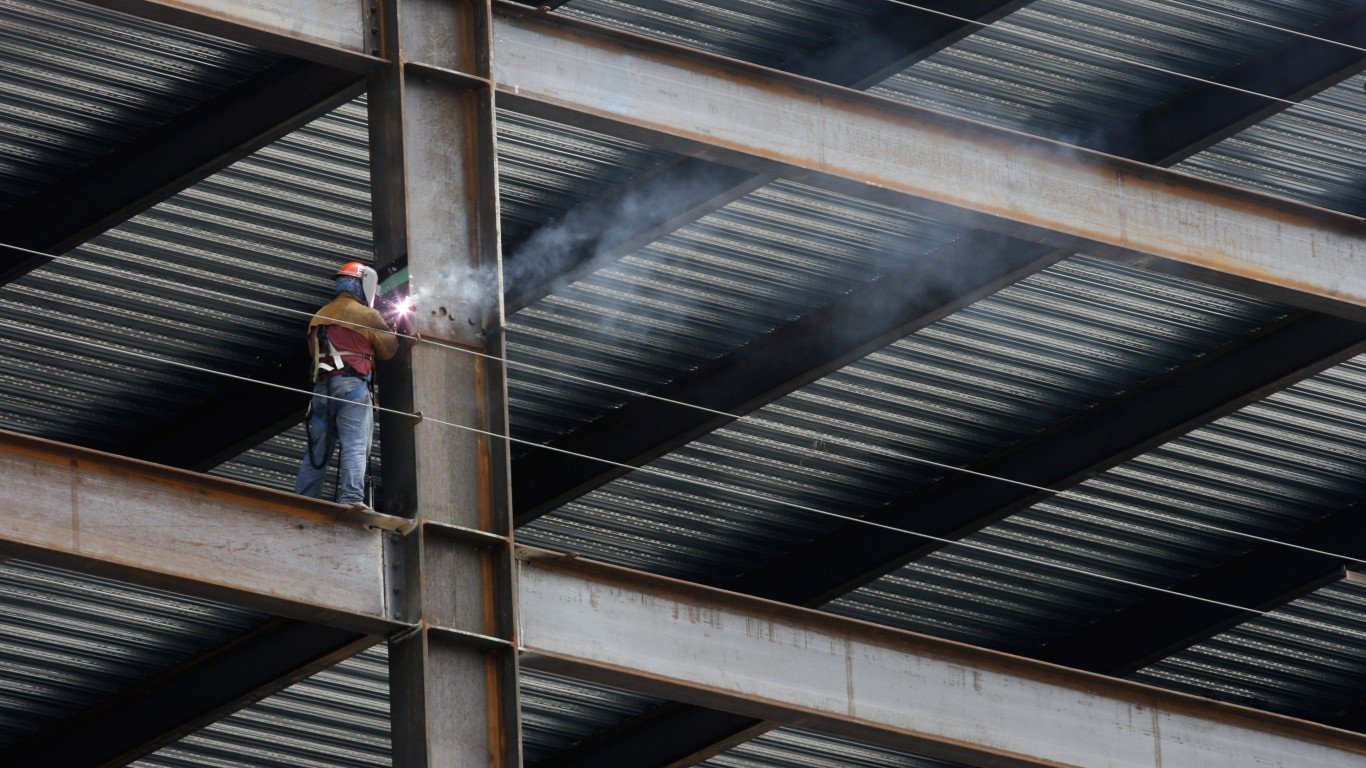

It hasn’t exactly been a secret that the housing construction market and the nonresidential construction markets have slowed throughout the end of 2018 and into 2019. The big question is how these markets will come out over the course of 2019. A leading indicator for building and construction that is not widely followed in the media is indicating that slower growth may be in store for the overall construction market in 2019.
The American Institute of Architects (AIA) has released its Architecture Billings Index for the month of December, with a drop to 50.4 from 54.7 in November. While latest reading is still above the breakeven of 50 (below that represents contraction), it would still indicate minor growth, the AIA said that architecture firms in general showed that billings growth softened in December. The index has now remained positive for 15 consecutive months.
According to the AIA source material, the Architecture Billings Index is an economic indicator for nonresidential construction activity that is said to have a lead time of approximately nine to 12 months. The broad index and subindexes are used by lenders, builders, consultants and others to assess business conditions and to predict and track the construction market.
Despite the positive billings number, softer growth was seen across several regions and sectors. Some subindex readings in sectors and geographies were showing contraction with readings under 50.
The regional averages were shown in order of strength to weakness, with two regions showing contraction, as follows: Midwest (56.3), Northeast (51.6), South (49.4) and West (49.2). Most of the sector subindex readings were still positive: institutional (53.1), commercial/industrial (51.2), mixed practice (50.2) and multifamily residential (49.8). The project inquiries index reading of 55.6 and the design contracts index reading of 52.1 were also in positive territory.
Economists and investors may not be as familiar with how these index values are calculated. The AIA shows that each regional and sector categories are calculated as a three-month moving average. Those indexes that are monthly readings are the national index, design contracts index and the project inquiries index. Again, readings under 50 represent contraction and readings above 50 represent growth.
Kermit Baker, the AIA’s chief economist, said of December’s drop:
Given the concerns over the ongoing tariff situation, it is not surprising to see a bit of a slowdown in progress on current projects. Growing anxiety over unstable business conditions and the partial shutdown of the government may lead to further softening in the coming months.
If the AIA readings are correct, there is already some regional contraction in the construction market. This is setting the stage for a less than robust 2019, if the nine- to 12-month lead time proves true.
Sponsored: Attention Savvy Investors: Speak to 3 Financial Experts – FREE
Ever wanted an extra set of eyes on an investment you’re considering? Now you can speak with up to 3 financial experts in your area for FREE. By simply
clicking here you can begin to match with financial professionals who can help guide you through the financial decisions you’re making. And the best part? The first conversation with them is free.
Click here to match with up to 3 financial pros who would be excited to help you make financial decisions.
Thank you for reading! Have some feedback for us?
Contact the 24/7 Wall St. editorial team.



